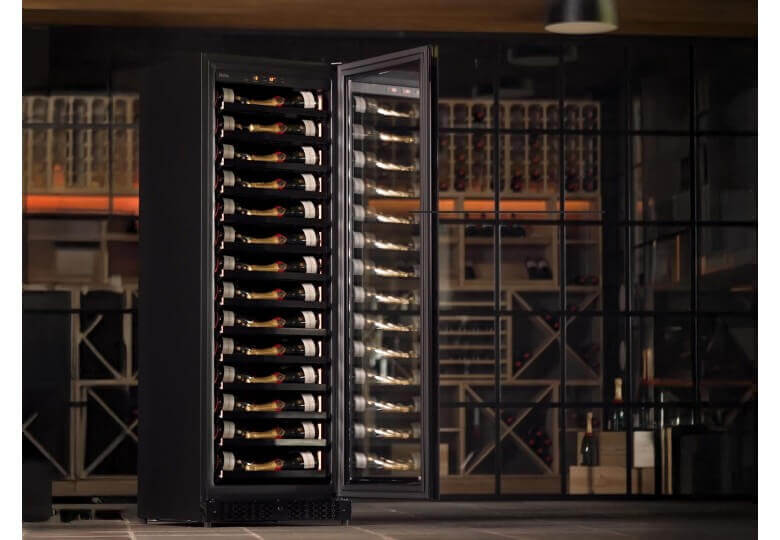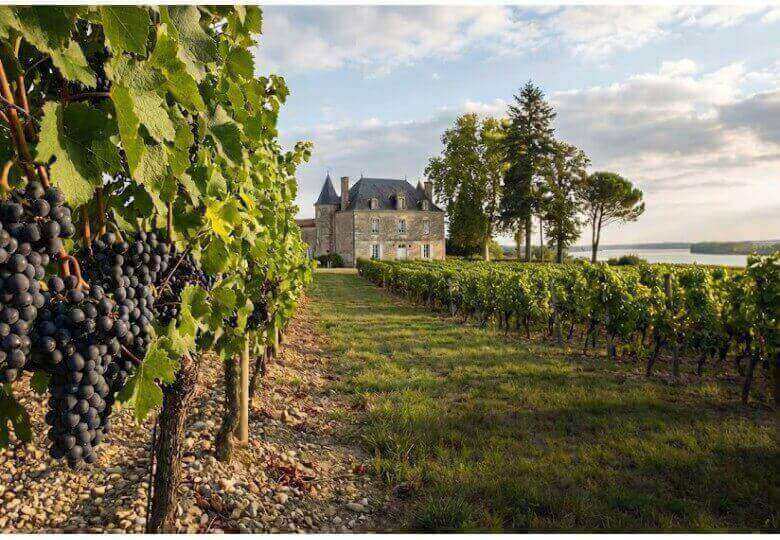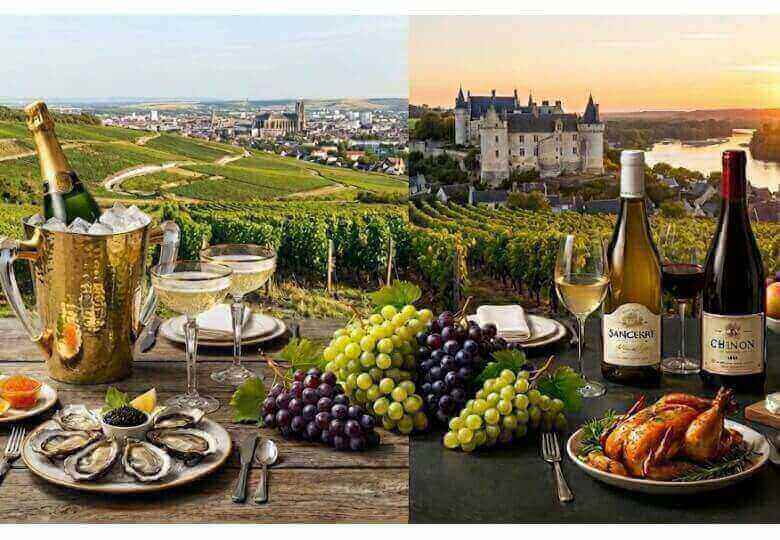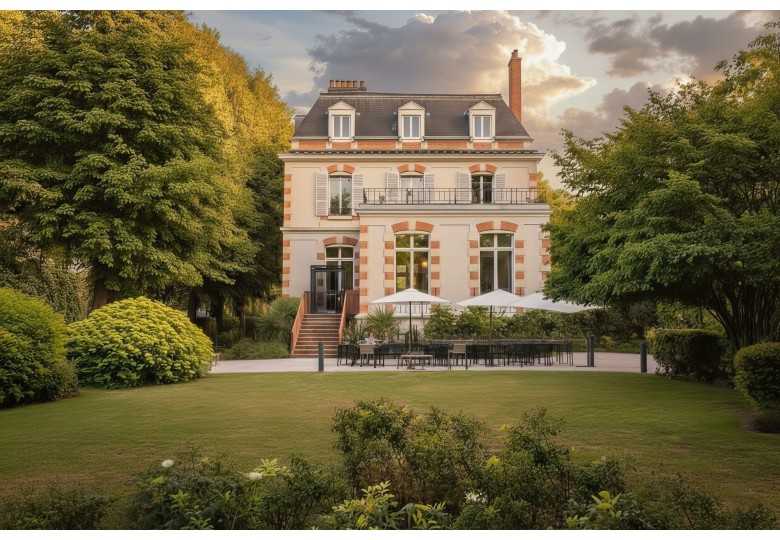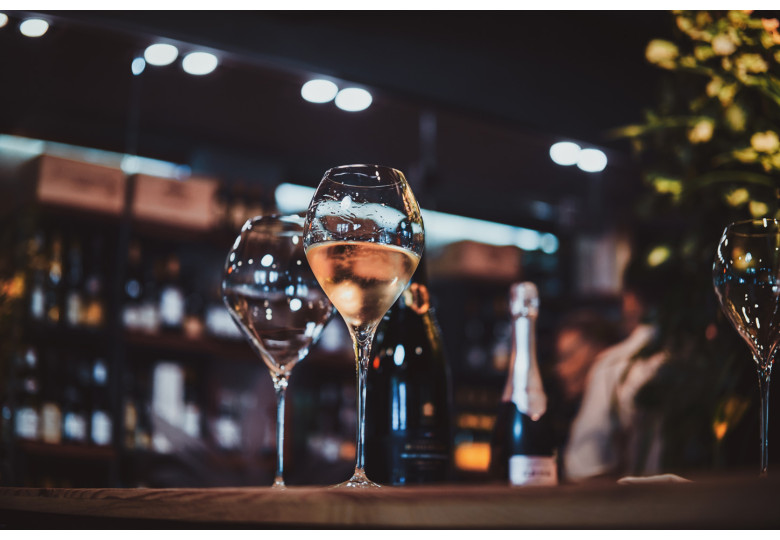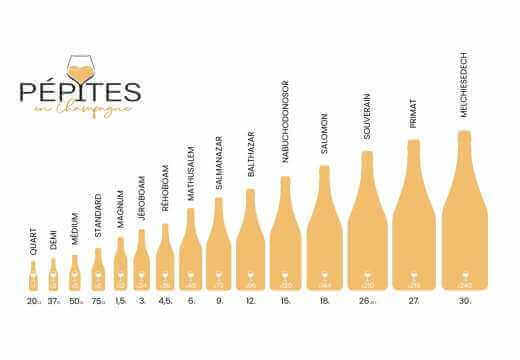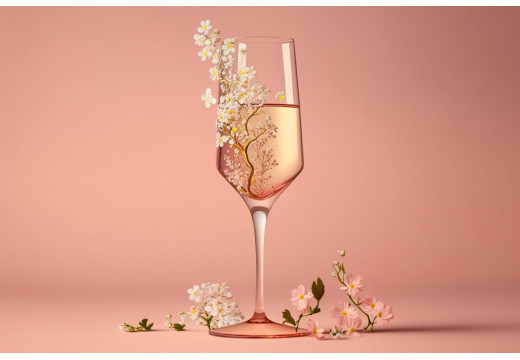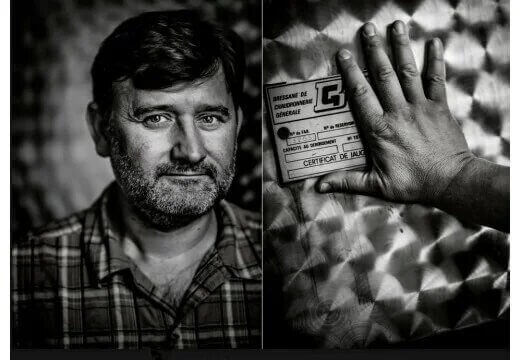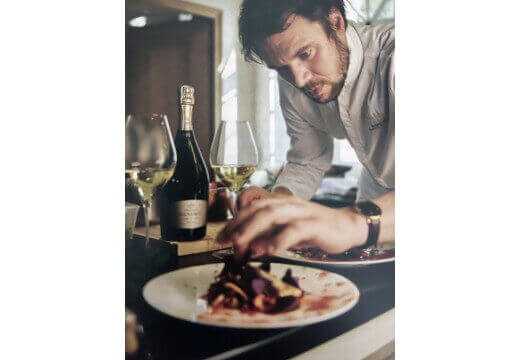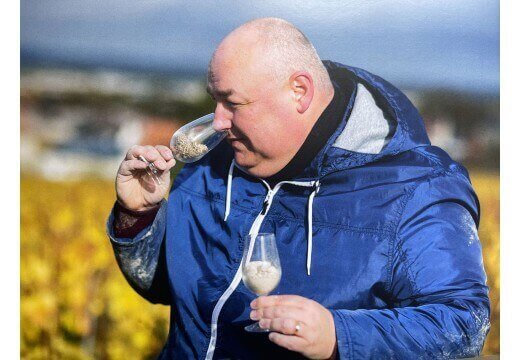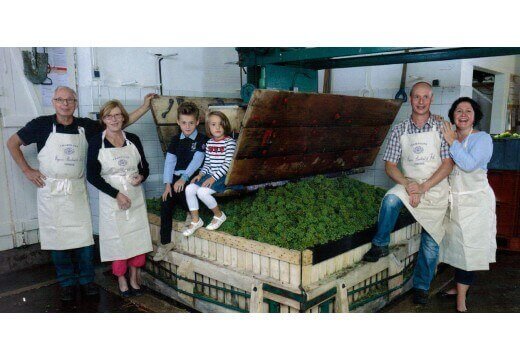Fine de Champagne is distinguished by its rich, balanced aromatic palette. On the nose, floral, fruity and spicy aromas evolve on the palate to reveal notes of caramel, vanilla and dried fruit. Due to its prolonged aging, Fine de Champagneoffers a velvety texture and exceptional length on the palate. Fine de Champagne can be enjoyed in a variety of ways, depending on individual preferences. Some prefer to taste it neat, to fully savor the aromas and complexity of this exceptional eau-de-vie. Others like to enjoy it on the rocks, to appreciate its freshness and smoothness. Finally, Fine de Champagne can also be used in the preparation of refined cocktails, adding a touch of elegance and sophistication.
Fine Champagne cognac has no age or quality classification, but you will find trade names such as :
S. (Very Special): cognacs whose youngest eau-de-vie is at least two years old.
Trois étoiles : cognacs whose youngest eau-de-vie is at least two years old.
S.O.P. (Very Superior Old Pale): cognacs whose youngest eau-de-vie is at least four years old.
O. Napoléon (Extra Old): cognacs whose youngest eau-de-vie is at least six years old.

